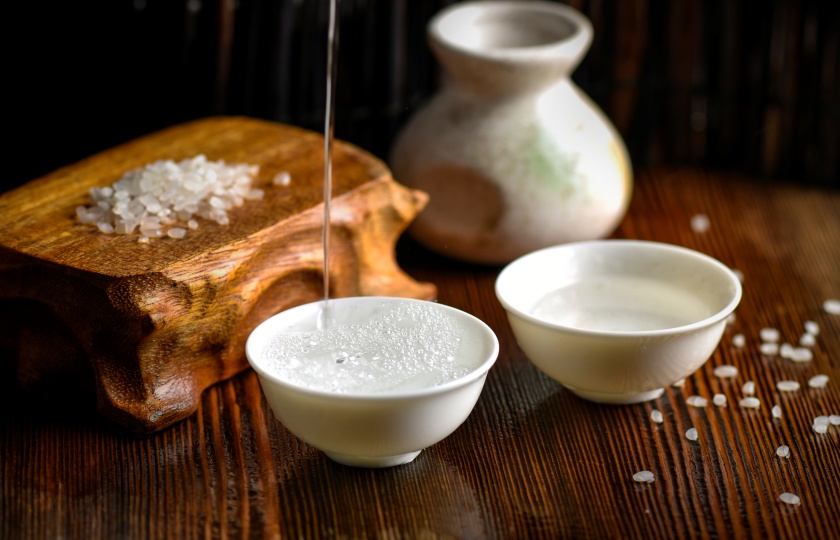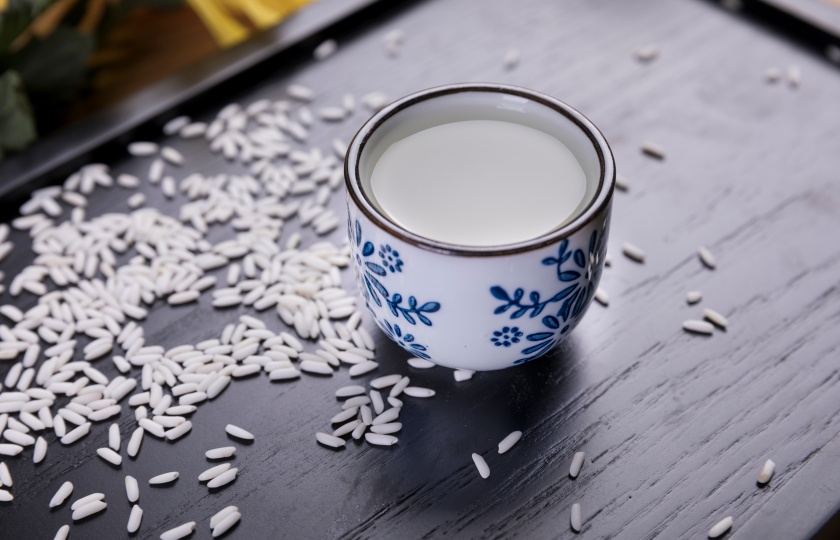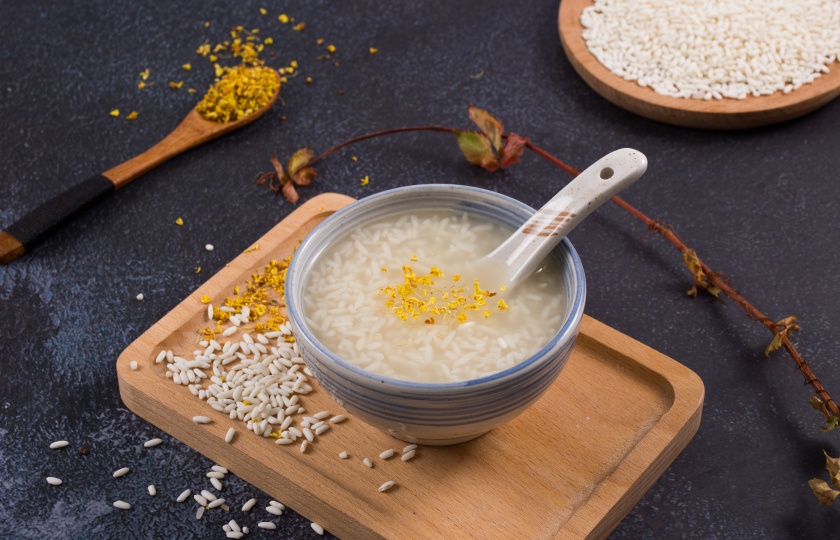Seasoning Solutions: What Uses Rice Wine When Cooking

Among a large number of cooking ingredients, rice wine has a special use with its unique advantages. Whether it is removing fishy smell or enhancing fragrance, it makes a unique contribution and is worth pondering.
What dishes are cooked with rice wine?
The following dishes often use rice wine during cooking:
Braised Pork in Brown Sauce
When making braised pork in brown sauce, an appropriate amount of rice wine is added. The alcohol in the rice wine can remove the fishy smell. At the same time, as the alcohol volatilizes during the cooking process, it will take away the fishy smell of the meat and leave a unique aroma. This makes the braised pork not greasy even if it is fat. It is soft and waxy when eaten, adding a unique flavor. It can also make the color of the braised pork more red and attractive.
Drunken Shrimp
For making drunken shrimp, rice wine is used. Rice wine can endow the shrimp with a unique aroma of rice wine. The fresh shrimp is soaked in the juice mixed with rice wine and other seasonings. Under the action of rice wine, the shrimp will slowly absorb the flavor and present a unique taste of freshness and full of rice wine aroma, with a unique flavor.
Glutinous Rice Balls in Sweet Rice Wine
Glutinous Rice Balls in Sweet Rice Wine is itself a dish with sweet rice wine as an important ingredient. The sweet and fragrant aroma of the sweet rice wine is integrated into the glutinous rice balls and the soup. Matched with the soft glutinous rice balls, it tastes sweet and refreshing. The aroma of the rice wine and the soft taste of the glutinous rice balls complement each other. It is a very popular dessert, especially favored by women and children.
Ginger Duck
When cooking ginger duck, rice wine is used. Rice wine can remove the fishy smell and enhance the fragrance. As the cooking progresses and heating occurs, the fragrance of the rice wine penetrates into the duck meat and ginger slices, making the duck meat more firm and chewy. The taste of ginger becomes stronger. The whole dish gives off a strong and mellow aroma, greatly increasing the appetite.
What types of rice wine are there?
Traditional Yellow Rice Wine
Common traditional yellow rice wines include Shaoxing Yellow Rice Wine, Huadiao Wine, and Jiafan Wine. They are brewed from glutinous rice or polished rice. They have a mellow taste and can be drunk as well as used in cooking. Shaoxing Yellow Rice Wine is the most famous.
Cooking Wine
Cooking wine is mainly used for cooking. It has a low degree and is quite effective in removing fishy smell and enhancing freshness. It is common in supermarkets and has affordable price. It is more reliable to choose the one marked "for cooking".
Glutinous Rice Wine
Glutinous rice wine is a bit sweet. Jiangmi Wine and Laozao belong to this category. It is suitable for making desserts and cooking glutinous balls. Drinking a bowl of hot Laozao in winter can keep the body warm and nourish the stomach.
White Rice Wine
White rice wine has a high degree. Rice liquor and Korean rice soju belong to this category. It is mainly for drinking. It is not very suitable for cooking. When buying, make sure to check the degree and the instructions of usage.

What does rice wine do to meat?
The effect of rice wine on meat is mainly reflected in four aspects: removing fishy smell, tenderizing meat, enhancing fragrance and infusing flavor.
When marinating, adding cooking wine can effectively remove the fishy smell of meat, especially for pork and chicken. One tablespoon of cooking wine can make the meat taste more delicious and palatable.
When stir-frying meat, adding cooking wine, the alcohol will soften the protein of meat, prevent the meat from becoming dry and hard, and keep the meat tender and smooth in taste. This is particularly important in quick-frying dishes.
When boiling and stewing, adding yellow rice wine can not only add a unique aroma, but also make the soup taste more rich in layers. At the same time, it helps the seasonings penetrate into the meat better and make the taste more uniform.
Can you put rice wine in fried rice?
You can put an appropriate amount of rice wine in fried rice, which can add aroma and improve the overall taste.
The timing of adding is very important. It is best to pour a little rice wine along the edge of the pan when the rice is almost fried. In this way, the aroma of the rice wine will be stimulated by the high temperature, and at the same time, it avoids making the rice too wet.
However, the amount should be controlled to about one small spoon. If it is too much, it will affect the taste of the rice and make the rice grains sticky. For fried rice with seafood or Yangzhou fried rice with meat dishes, adding rice wine can highlight the freshness of the ingredients.

Does rice wine need to be refrigerated?
Unopened rice wine doesn't need to be refrigerated. Just put it in a cool place. It is quite stable by itself and can be placed at room temperature for a while without any problem.
After opening, rice wine had better be refrigerated. Otherwise, it is easy to go bad when placed at room temperature. Refrigeration can make it go bad more slowly and keep the taste for a little longer.
Does rice wine go bad?
Rice wine will indeed go bad. Generally speaking, unopened rice wine can be stored for 1-2 years. After opening, it is best to use it up within half a year. When rice wine goes bad, it will have a sour taste. Sometimes it can be seen that it becomes turbid or has sediment. At this time, it cannot be used anymore.
When using rice wine, it is best to use a clean spoon. Don't pour the remaining back into the bottle. This can avoid bacteria contamination and deterioration. In fact, although rice wine contains alcohol, the alcohol content is not high, so it cannot completely prevent deterioration. Usually, it is best to have a look at whether the color and smell have changed before using it. If any abnormality is found, don't use it anymore.























